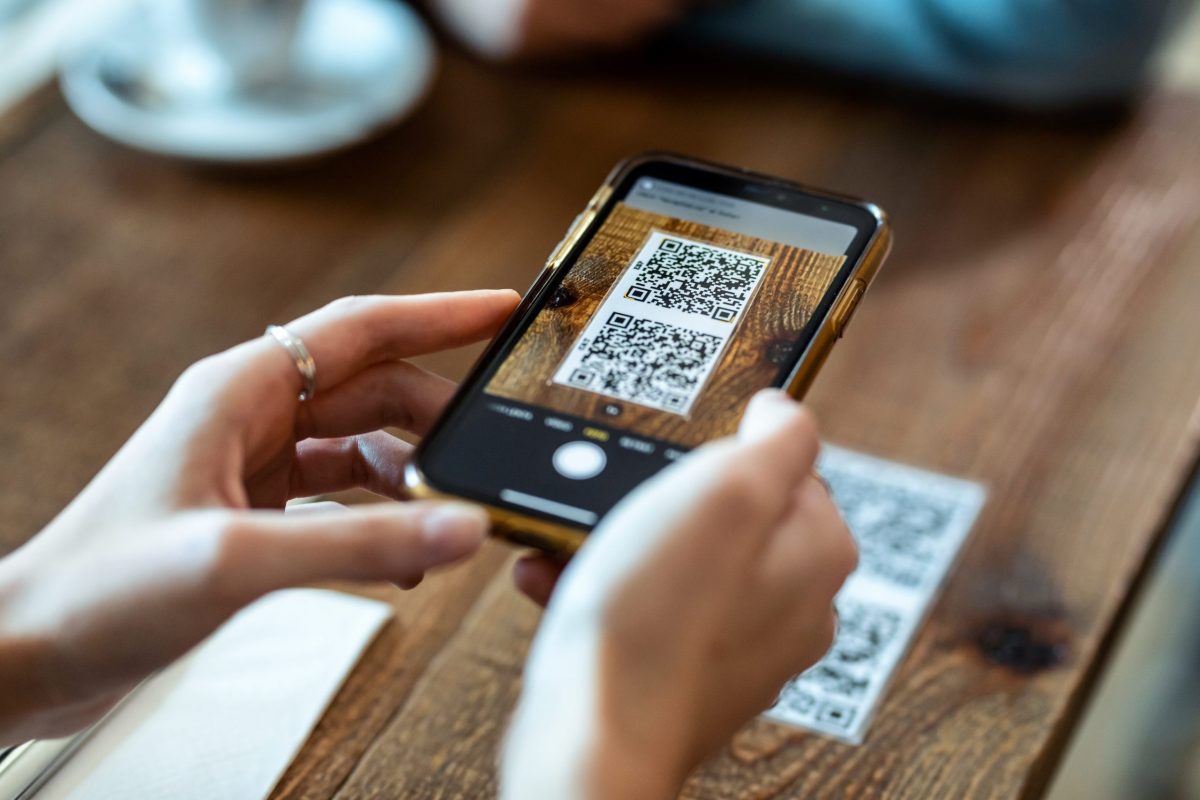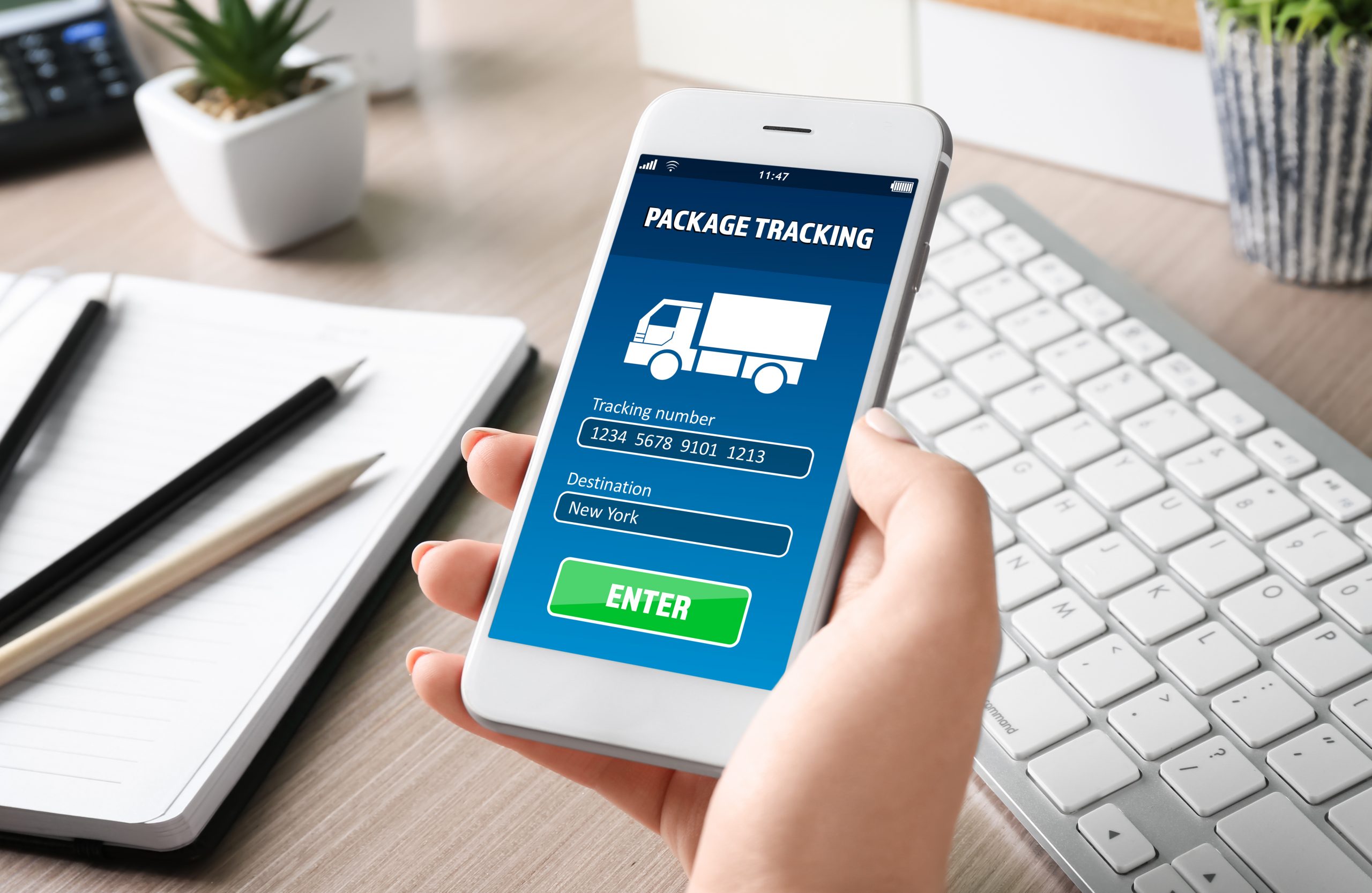Peer-to-peer Payment Scams
Security
Mar 21, 2023

Read before splitting the utility bill: Beware of peer-to-peer payment scams
Peer-to-peer (P2P) payment apps that allow people to pay friends and family in minutes have become increasingly popular, but that popularity has contributed to an increase in fraud. If you use an app like Cash App, Venmo, or PayPal to transfer money, continue reading for tips about how scammers are accessing people’s money and what you can do to protect yourself.
More people paying via peer-to-peer apps
The pandemic has moved so much of our lives to the virtual space, and paying friends and relatives is no exception. More and more people are using peer-to-peer payment apps, as they are helpful and convenient for paying for everything from splitting the cost of a meal to paying a roommate’s half of the garbage bill to paying for school activities or making charitable contributions. The apps allow you to quickly connect to your bank account and you’re up and running, ready to send money in a flash.
Scammers will follow
According to the Federal Communications Commission, “As Americans grow more comfortable using these apps, scammers have adapted their tactics to take advantage of the quick and often anonymous access to cash that they provide. Many of the scams listed in our Scam Glossary may now ask for the money to be sent using a P2P app instead of a gift card, an established favorite of scammers.” The FCC also says requests for charitable donations using P2P apps are popular.
AARP says one of the more popular scams is the “accidental transfer of funds scam.” “A scammer sends hundreds of dollars, then sends a follow-up message requesting the money back, claiming it was ‘an accident.’ But the original transfer was made with a stolen debit card; those funds will eventually be removed from your account. And you’re out the money.”
Protecting yourself
When paying via peer-to-peer apps, it’s important to take steps to protect yourself from scammers. Nerdwallet reminds people to set the apps to require a PIN to sign in. Make sure you’re using a PIN on your cell phone too. Sign up for notifications on every transaction to be notified about what’s happening in the app immediately, and pay only people you know—being careful to type the recipient’s information carefully. If money is missent to the wrong person, it’s often gone. It’s also important to link the app to a credit card or checking or savings account, as they can have better protections in case of fraudulent activity than if you store money in the app and pay that way.
Finally, remember to scrutinize every transaction carefully, whether you’re sending or accepting money. Taking the time to check to make sure you do—or don’t—know the person requesting money could save you headaches in the long run.










